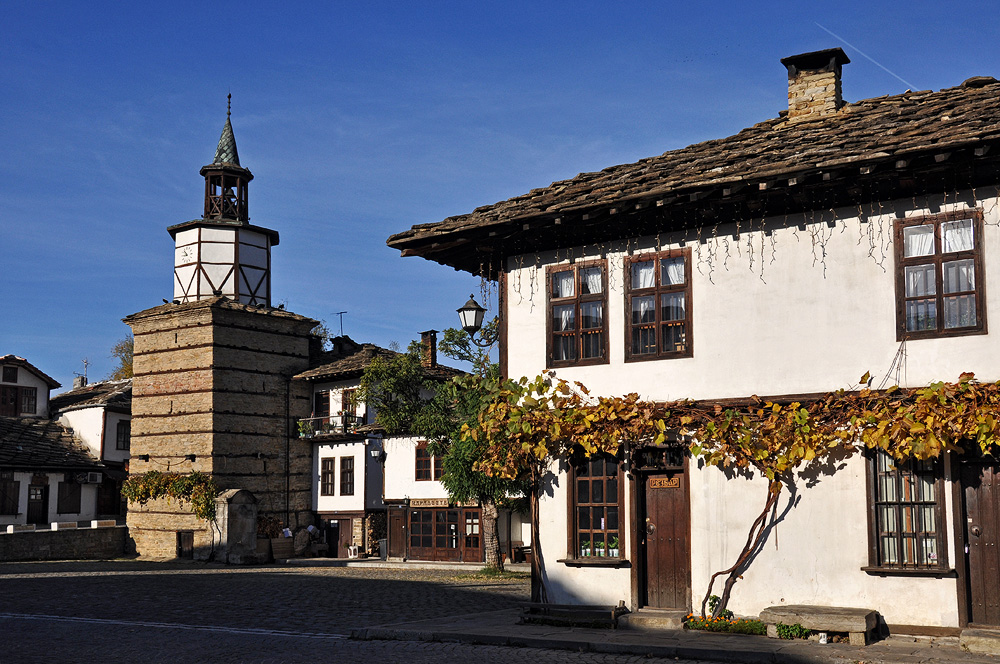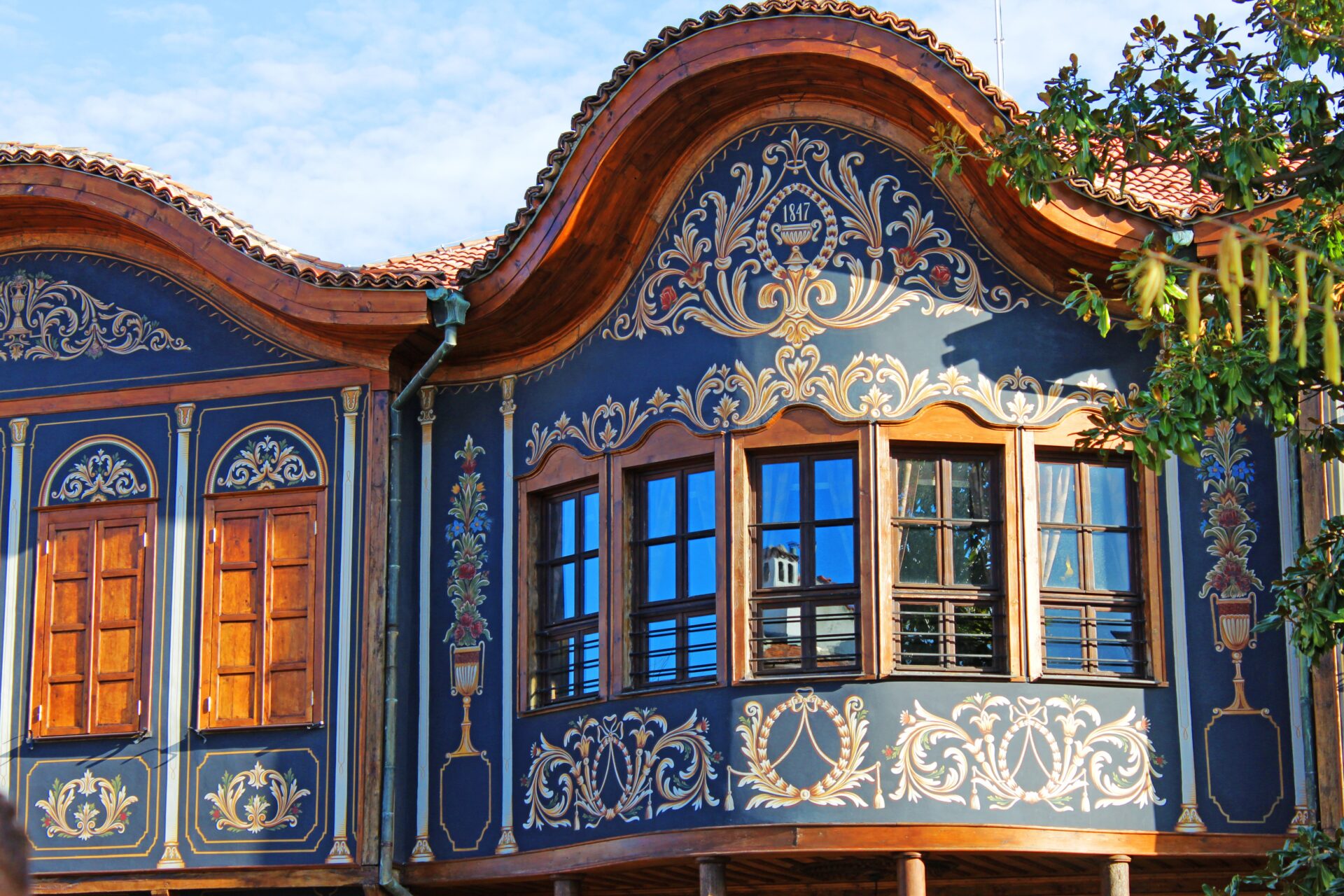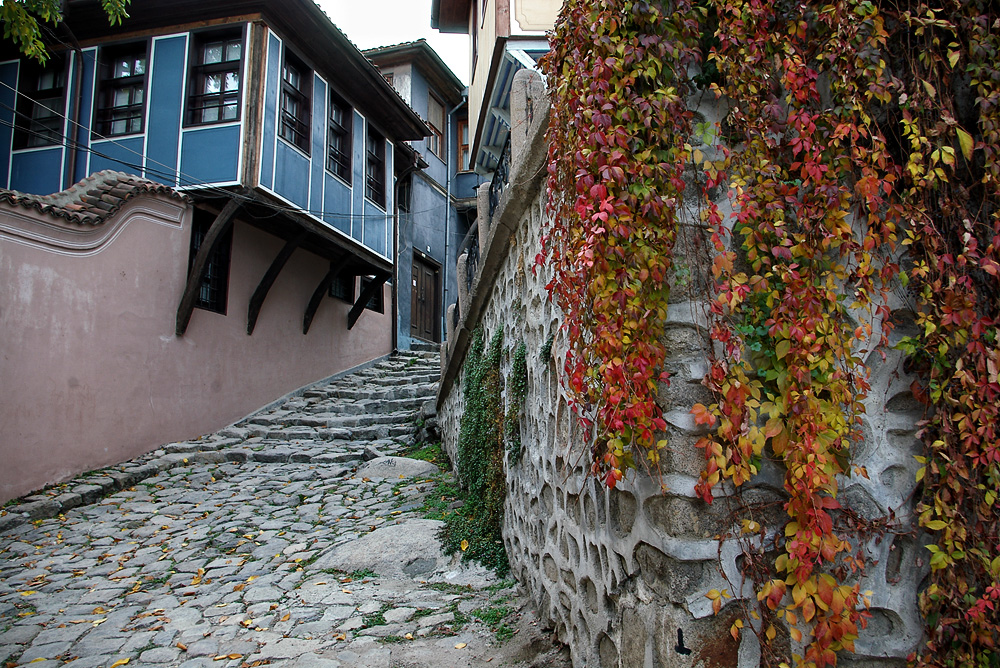Text: Milena Efremova
Photo: Emil Danailov and Shutterstock
It would be difficult to compare the artistic and architectural Renaissance of western Europe with what occurred during the same time period in Bulgaria. During the time when European nations were going through an economic, political, and artistic revolution, Bulgaria, along with the rest of the Balkans, was in a state of cultural, economic and political isolation.
The Ottoman Empire—spanning most of South East Europe and ruling over Bulgaria for nearly 500 years— left a lasting imprint on Bulgarian heritage. A large part of the cultural wealth created prior to the Ottoman rule was entirely destroyed. Churches were torn down and replaced by mosques and the towns took on a distinctly oriental look. It was not until the 18th and early 19th century that the first signs of spiritual and economic revival began to appear in Bulgaria. After numerous wars with Russia, the influence of the Ottoman Empire was severely weakened and it began to release its grip over its territories. Bulgarians began to develop their own industries, trade with many European nations began, and crafts began to flourish. The increased wealth in the population was reflected in the building of impressive houses with decorated facades, spacious rooms and elaborate frescoes. A great number of schools, churches and trade buildings were also built at the time.
Examples of this development can be seen in a number of Bulgarian towns today – Old Plovdiv, Koprivshtitsa, Trjavna, Kotel, Jeravna, Melnik, Arbanasi, and many others. Several monasteries were also built or completed at that time, the most remarkable of which were the monasteries of Rojen, Trojan and Preobrajenski (Transfiguration).



The heritage left from the revival masters is rich and varied. The clock tower in Trjavna, the bell tower at the Holy Trinity Church in Bansko, and the bridge over the river Jantra in Lovetch captivate visitors to this day.
It is difficult to determine which is the most remarkable of the revival towns in Bulgaria. Perhaps it is the town of Old Plovdiv, where several time periods are weaved into a place frozen in time – the cobblestone streets snake around the city walls built by Alexander the Great, and picturesque old houses peek into the ancient roman theater. Then there is Koprivshtitsa, the birthplace of some of the greatest Bulgarian revolutionaries and writers, and the place where the first gun was fired to signal the start of the April revolution against the Turkish Empire.



One of the most unspoiled revival villages is the one of Jeravna where time seems to have stopped. You will not see people rushing here – life happens with a tranquility unknown to urban folk. Here in Jeravna, the festival of national costumes has taken place for several years. It`s hard to find a more picturesque event which presents the vividness of the Bulgarian national clothing from the time of the revival. Costumes from all ethnographical regions of Bulgaria are gathered at one place and all of them differ in colors and patterns.
Wherever you visit, you cannot help but be inspired by the warmth and timelessness of the Bulgarian revival architecture, which shows the Bulgarian sense of beauty, practicality, harmony and esthetics. The culture and spirituality of Bulgaria are reflected in this remarkable heritage.
About the author:
Milena Efremova is the founder and Managing Director of Atlantic Tour Bulgaria since 2006. With a deep love and understanding for her native Bulgaria, as well as excellent people skills, Milena is one of the best people to go to for Bulgarian vacation tips.